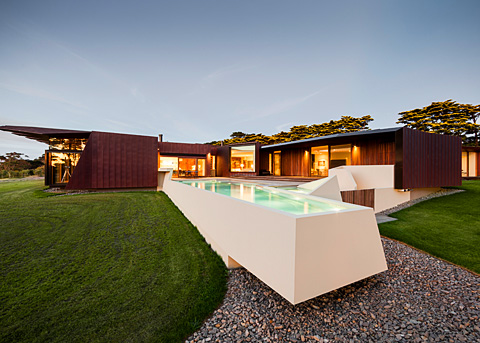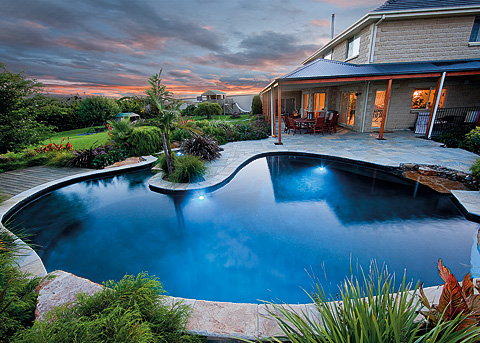Automatic controllers can now monitor and adjust pool chemical balance with a high degree of accuracy
Automatic Chemical Controllers are designed to take the potential for human error out of the chemical management of a pool or spa.
They automatically measure and accurately control the set levels of sanitiser (chlorine or bromine) and pH balance, the two chemical components of pool and spa water that require constant attention.
Manufacturers claim that they reduce waterborne infections and that constant small doses mean no chemical smell or taste. Backwash water can then be used for watering your garden or lawn.
AUTOMATIC CONTROL
Conditions in and outside the pool or spa are always changing and that affects the demand for sanitiser and pH balance. On hot, windy days, when the pool or spa is full of people, the demand for sanitiser is far greater than on a cool overcast day with only one person in the pool or spa.
Chemical controllers are truly automatic.
They are programmed to consistently monitor and maintain chlorine and pH levels at all times whilst the system is running.
SET-POINTS
Most modern controllers are very user-friendly. You can usually adjust the set points by pressing a touch pad button on a clearly marked faceplate. These set points are the levels you select to achieve the correct chlorine and pH level in your pool or spa. Once the levels are set, the unit will automatically maintain those set levels.
PROBES AND SENSORS
Some controllers use two sensors, one for chlorine (ORP) measurement and the other for pH.
Others combine both into one probe containing both the ORP and pH sensor. In both cases the probes sense sanitiser levels, pH and transmit these signals to the controller.
DOSING SYSTEMS
Chlorine and acid, which are readily available from pool shops, are injected into the water either by dosing pumps or solenoid valves.
DOSING PUMPS
Generally, peristaltic pumps are used. They employ a squeeze tube system and the tube will eventually need to be replaced. With higher pressures there can be issues with the injection point back pressure. Diaphragm pumps are more expensive but can inject into higher pressure applications and are claimed to be more reliable, especially with automatic bleed valves fitted.
SOLENOID VALVES
These are very reliable and low maintenance, with only two moving parts.
Solenoid valves require suction to operate. Installation is before the filter, on the suction side of the circulating pump, or after by using a venture system.
MAINTENANCE
The modern Automatic Chemical Controllers are very low in maintenance requirements.
If an adjustment or calibration of the unit is required, this can be easily carried out by untrained persons by simply following the prompts on the controller screen. Probes do not generally require regular cleaning in domestic situations.



